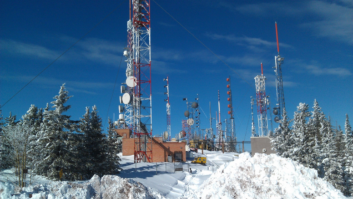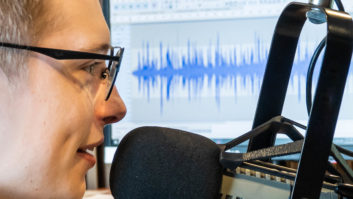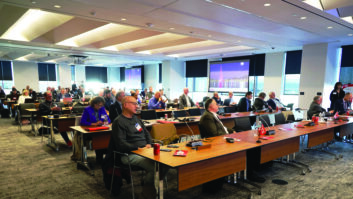Higher performance from audio
Dec 1, 2002 12:00 PM
Dear Chriss,
I read with interest the article by Doug Irwin in November�s edition of Radio magazine called High-Performance Audio. The points raised in this article should allow any self-respecting engineer to improve their station sound. However, I do believe that one important aspect of the broadcast chain has been omitted, namely audio compression and the effects of multiple and tandem passes.
Be it contribution, storage or distribution; audio compression is a fact of life in the broadcast chain. The greatest challenges facing the engineer are how the content will sound after each pass has taken it�s toll and how to overcome the latency introduced by the algorithms that require a degree of processing power.
In essence there are fundamentally two types of algorithms: time domain and frequency domain. Frequency domain algorithms (ISO MPEG Layer II, Layer III, PAC) tend to have higher compression ratios and actively remove content deemed to be irrelevant to achieve this process. Thus adversely affecting the content after multiple passes and introducing an unmanageable latency i.e. 100+ milliseconds. Time Domain algorithms (apt-X, G.722) tend to have a lower compression ratio (4:1), are less destructive in their approach to coding techniques and have a manageable latency of 3 milliseconds.
Each type of algorithm has its place in the broadcast chain when balancing operational costs versus quality. However, if an engineer wants to improve sound quality, arguably a revised approach on the stations compression algorithms could assist in achieving this goal.
Jon McClintock
commercial director
APT
Belfast, N. Ireland












